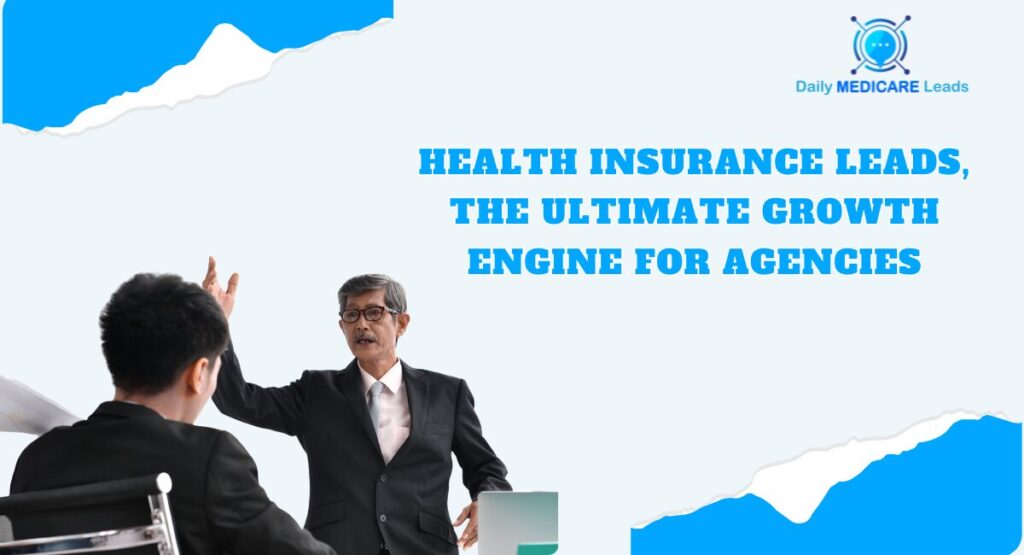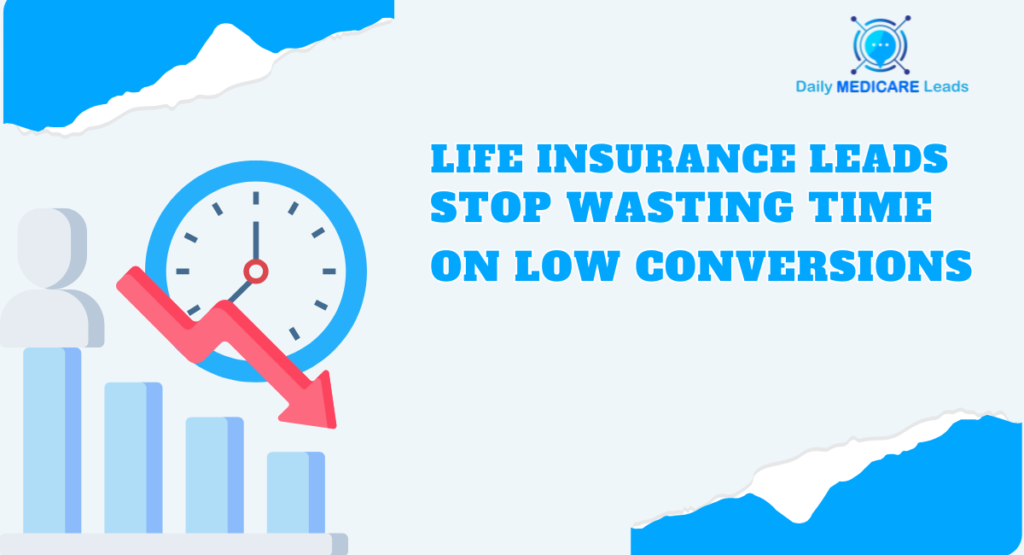In the health insurance industry, leads are the foundation of growth. Whether you’re a new agent or an established agency, understanding how to find, evaluate, and convert health insurance leads can determine your success. This guide provides a detailed, step-by-step overview of the types of leads available, their conversion rates, how to contact prospects, and real success stories from agents who have mastered the process.
What Are Health Insurance Leads?
Health insurance leads are individuals or businesses that have shown interest in purchasing insurance. These prospects typically complete online forms, call inquiry numbers, or respond to ads. What separates a lead from a cold contact is intent—these potential clients are actively seeking coverage, making them more likely to convert.
Types of Health Insurance Leads
Not all leads are equal. Here’s a breakdown of the most common types:
Exclusive Leads
Sold to only one agent/agency.
Conversion Rate: 10-15%
Best For: Agents focused on high-value clients.
Shared Leads
Sold to multiple agents.
Conversion Rate: 3-8%
Best For: Agents with quick follow-up skills.
Aged Leads
Leads not contacted immediately.
Conversion Rate: 4-7%
Best For: Agents skilled in nurturing prospects.
Inbound Leads
Generated through SEO, content, or social media.
Conversion Rate: 8-12%
Best For: Agencies with strong digital marketing.
Live Transfer Leads
Prospects connected directly to agents via phone.
Conversion Rate: 15-25%
Best For: Agents who excel in real-time sales.
Step-by-Step Process to Acquire and Convert Leads
Step 1: Define Your Ideal Customer
Identify demographics (age, location, income).
Determine insurance needs (Medicare, group health, supplemental plans).
Step 2: Choose a Lead Generation Method
Purchase Leads: Work with reputable lead providers.
Generate organically: Use SEO, social media, or referrals.
Step 3: Evaluate Lead Quality
Ensure leads are TCPA-compliant.
Verify contact information and level of interest.
Step 4: Contact Leads Quickly
Response Time: Reach out within 5 minutes for the highest conversion chance.
Methods: Use phone calls, emails, and SMS strategically.
Step 5: Nurture and Follow Up
60% of leads require multiple follow-ups.
Use CRM tools to track interactions.
Step 6: Close with Confidence
Address objections clearly.
Highlight policy benefits tailored to the prospect’s needs.
How to Contact Leads Effectively
Phone Calls
Call immediately.
Use a respectful but confident tone.
Email Outreach
Personalize subject lines and content.
Include a clear call-to-action.
SMS Marketing
Keep messages short and professional.
Avoid spammy language.
Social Media Engagement
Connect with prospects on LinkedIn or Facebook.
Share valuable content to build trust.
Conversion Rates: What to Expect
Exclusive Leads: 10-15%
Shared Leads: 3-8%
Aged Leads: 4-7%
Inbound Leads: 8-12%
Live Transfers: 15-25%
Note: Conversion rates vary based on agent experience, lead quality, and follow-up strategies.
Success Stories from Real Agents
Case Study 1: Sarah’s Journey from Struggling Agent to Top Performer
Sarah, a new Medicare agent, was struggling to find clients. After partnering with a trusted lead provider, she started receiving exclusive Medicare Advantage leads. By contacting prospects within minutes and using a consultative approach, she achieved a 32% to 48% conversion rate within three months. Today, she closes 10-15 policies monthly.
Case Study 2: Mark’s Agency Scaling with Shared Leads
Mark’s agency was on a tight budget. He opted for shared leads and trained his team to respond within 3 minutes. By implementing a structured follow-up process, they achieved a 30% to 50% conversion rate, and the agency now serves 200+ clients annually.
Case Study 3: Lisa’s Success with Live Transfers
Lisa, an independent broker, focused on live transfer leads. By honing her phone sales skills and building rapport quickly, she now converts 25% of her leads and has doubled her income in a year.
Tips for Maximising Conversion Rates
Speed Matters: Contact leads within minutes.
Personalise Communication: Avoid generic scripts.
Build Trust: Educate prospects instead of pushing for a sale.
Use CRM Software: Track interactions and automate follow-ups.
Continuous Training: Keep improving product knowledge and sales techniques.
Conclusion
Health insurance leads are the lifeline of insurance sales. Understanding the types of leads, their conversion rates, and the strategies to engage prospects can significantly impact your success. By implementing the steps outlined in this guide—from acquiring leads to converting them—you can build a sustainable pipeline of clients and grow your business.
Whether you’re just starting or looking to refine your approach, remember that persistence, personification, and professionalism are key to turning leads into loyal customers.



